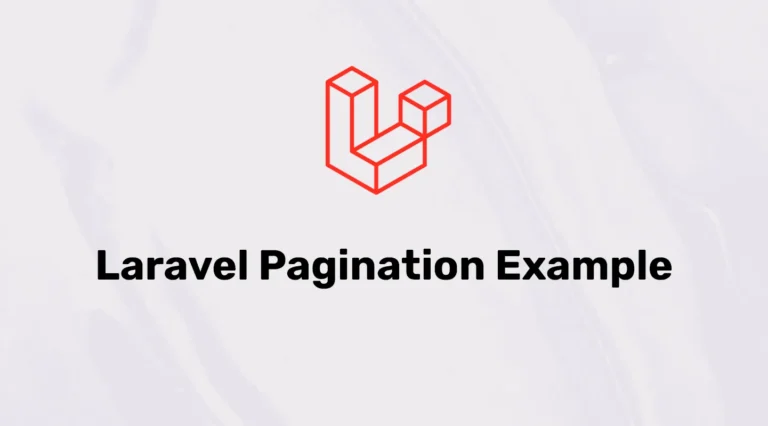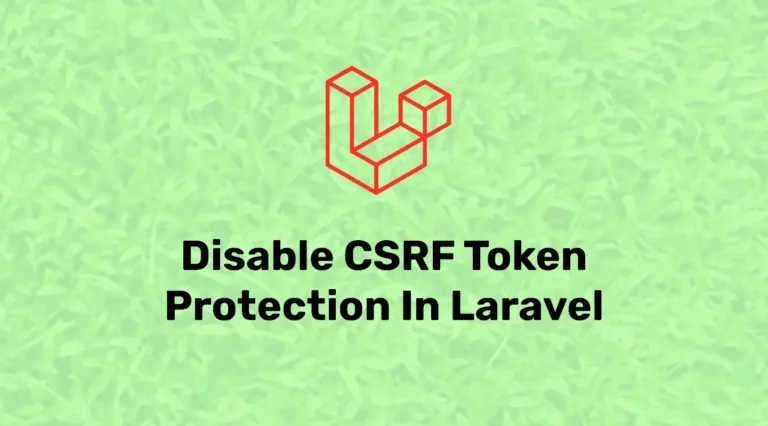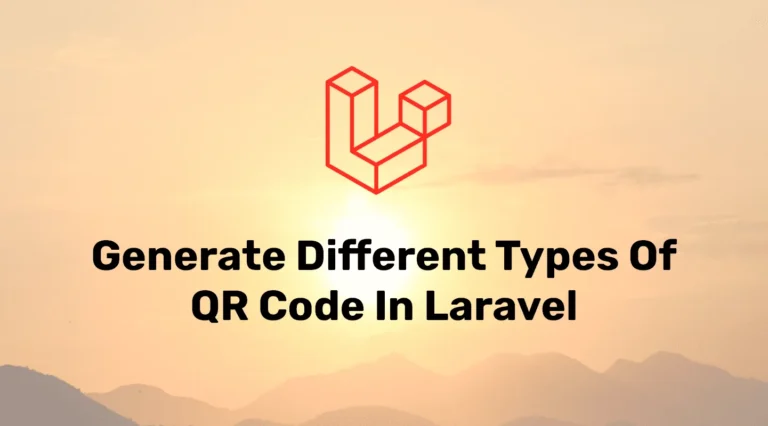Generate Custom Bar-code or QR code in Laravel
The main purpose of this blog is to create and display barcodes or QR codes based on user input. In the below examples, we are going to use milon/barcode library. For your better understanding, we have divided the program into some parts. let’s assume you have a Laravel application. If you don’t have any application










